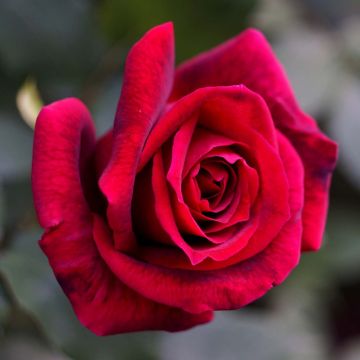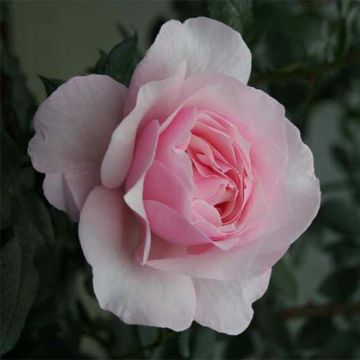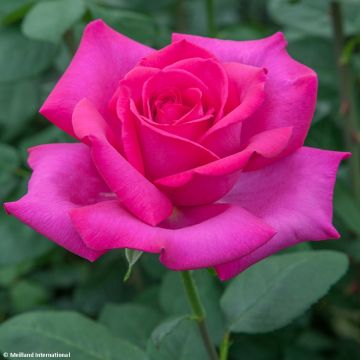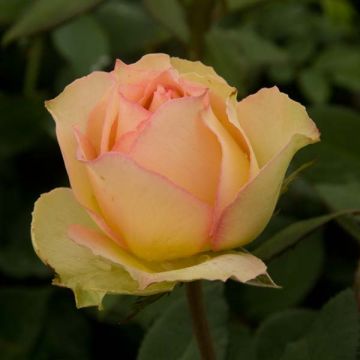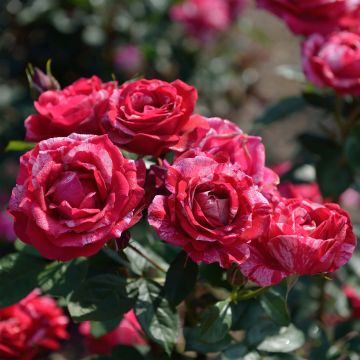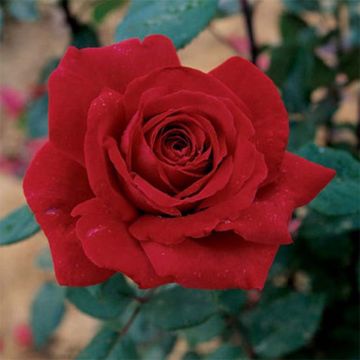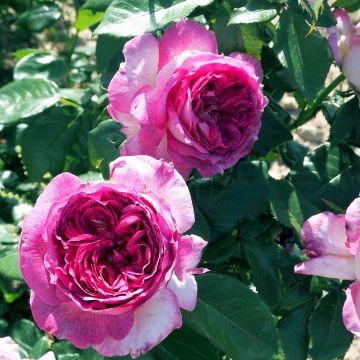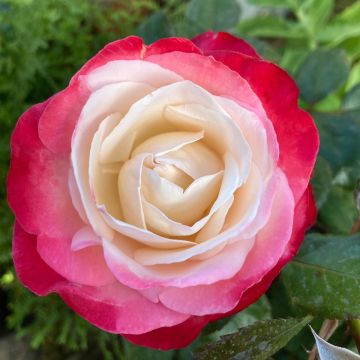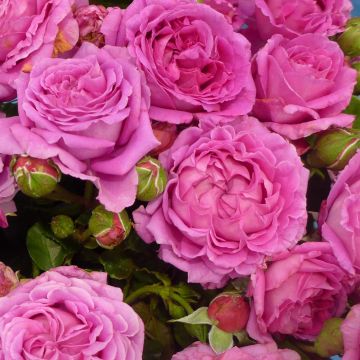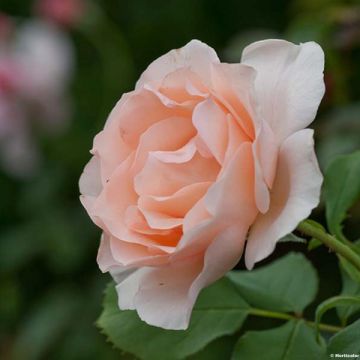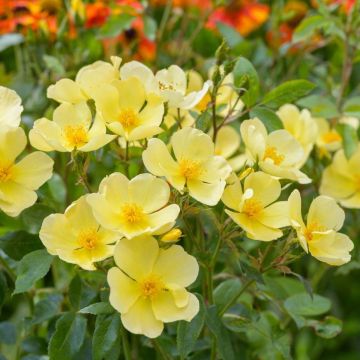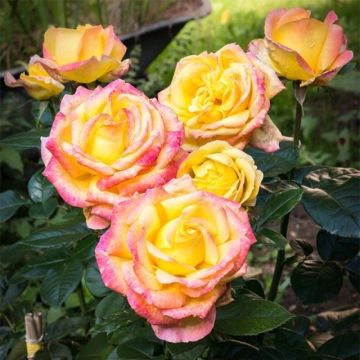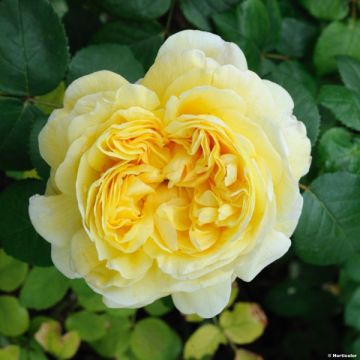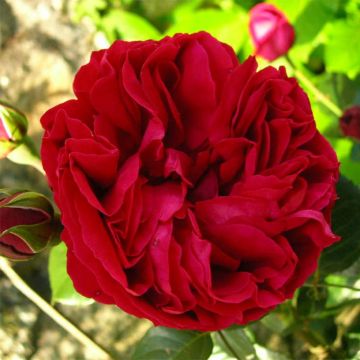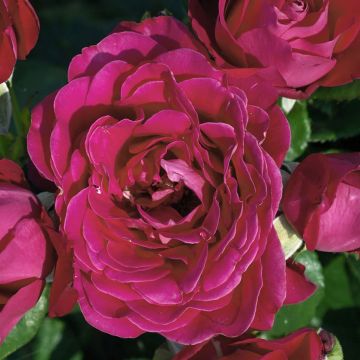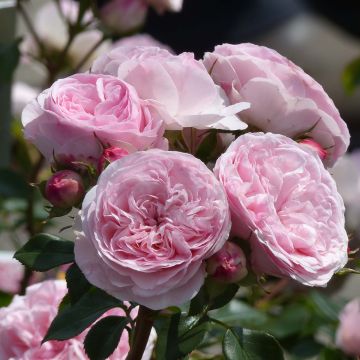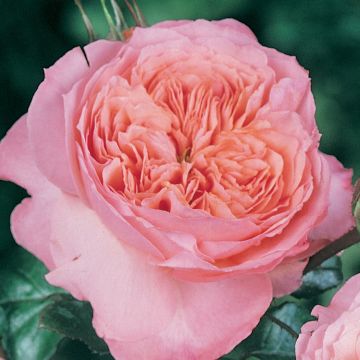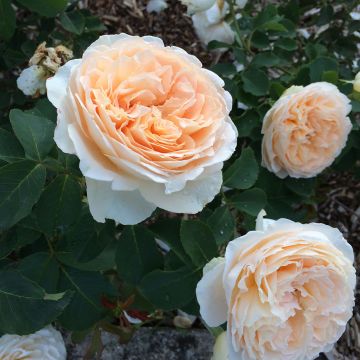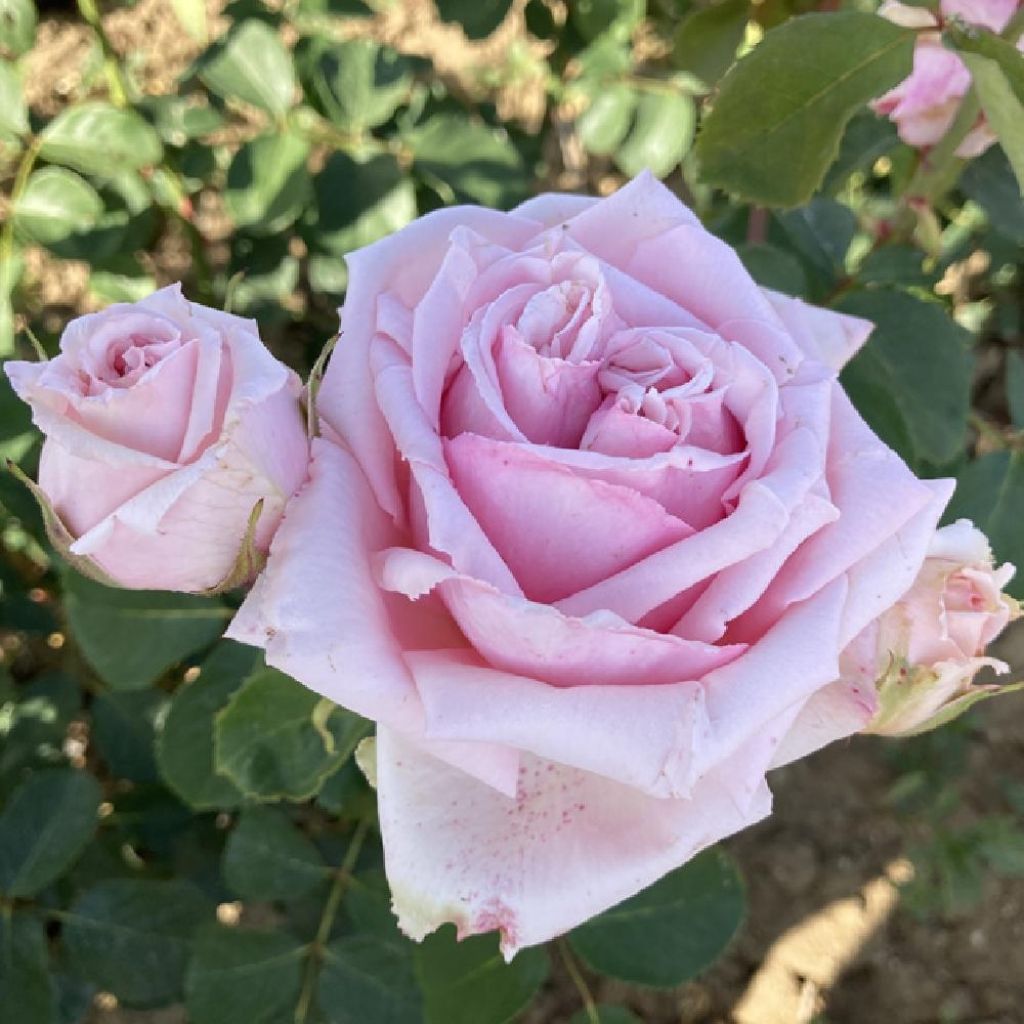

Rosa Parfum de Liberté
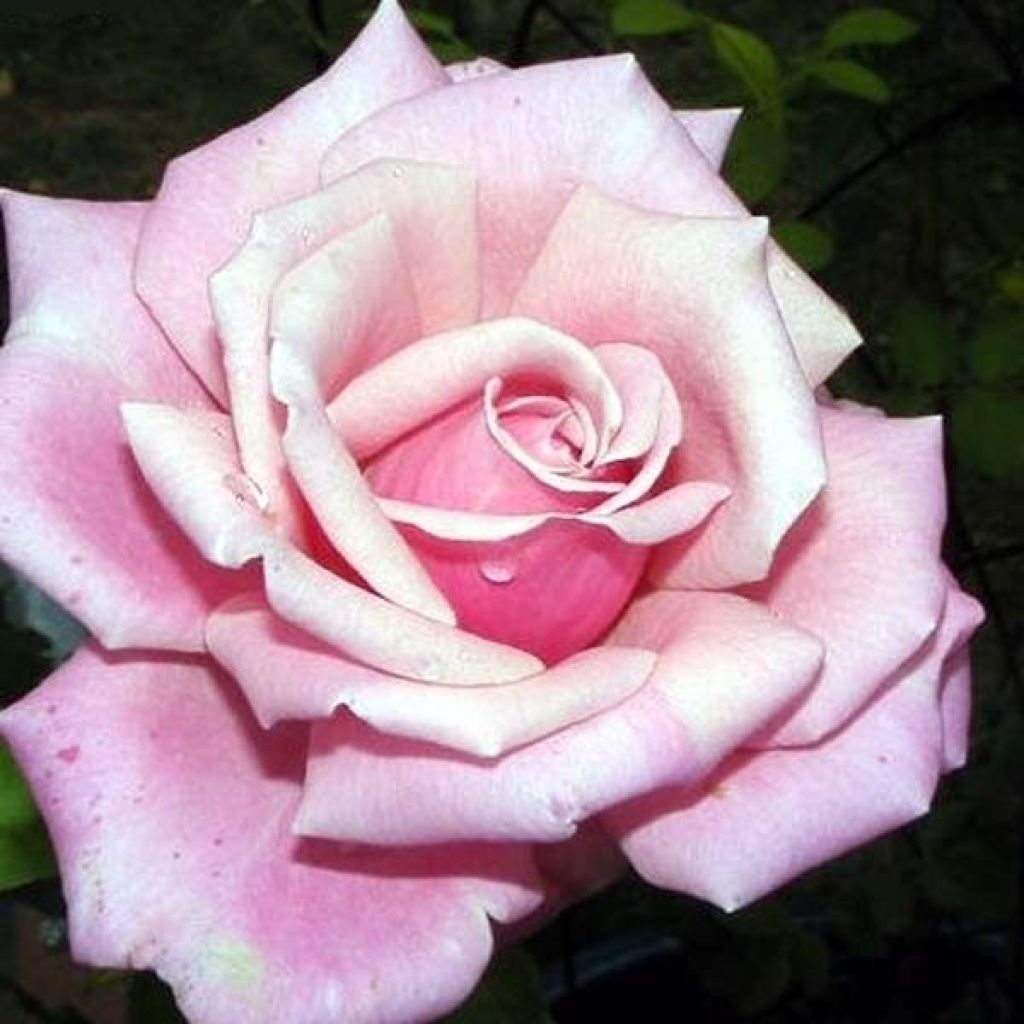

Rosa Parfum de Liberté
Rosa Parfum de Liberté
Rosa Parfum de Liberté® Wekblunez
Rose [Millie Rose]
Thanks to Adeline for the order preparation and Cerise from the shipping department, the bare-root rosebush I received seems healthy. Planted near the 'Silas Marner' rosebush, I am now patiently waiting for it to take root... or not?
Thierry, 01/02/2023
This item cannot be shipped to the selected country
Delivery charge from €5.90
Delivery charge from €5.90
Delivery to Corse prohibited
More information
Schedule delivery date,
and select date in basket
This plant carries a 24 months recovery warranty
More information
We guarantee the quality of our plants for a full growing cycle, and will replace at our expense any plant that fails to recover under normal climatic and planting conditions.
From €5.90 for pickup delivery and €6.90 for home delivery
Express home delivery from €8.90.
From €5.90 for pickup delivery and €6.90 for home delivery
Express home delivery from €8.90.
Delivery to Corse prohibited: UE law prohibits the import of this plant from mainland France to Corse as part of the fight against Xylella fastidiosa. Please accept our sincere apologies.
More information
Does this plant fit my garden?
Set up your Plantfit profile →
Description
Rosa Parfum de Liberté is irresistible! It bears large double flowers with multiple undulated and cut petals in a soft orchid-pink that emit a powerful Damask Rose scent. They bloom regularly until October, on a bush with lush olive-toned foliage that is highly resistant to diseases. It is stunning in a flower bed, and is well-suited to small spaces. This variety has a slightly old-fashioned charm. It develops long, thornless stems, making the cut flowers ideal for creating sensational bouquets.
Rosa Parfum de Liberté 'Wekblunez' is a modern shrub rose with large flowers related to hybrid tea roses. It was registered in 2004 by American rose breeder Tom Carruth. This talented breeder is responsible for superb varieties such as Scentimental® and Hot Cocoa®. This excellent variety has won the American national competition (AARS). It is a bushy and upright shrub reaching approximately 90cm (35in) in height and 60cm (24in) in spread at maturity. It has a rapid growth rate when planted in rich and moist soil. It produces long, sturdy, and upright branches with few prickles. It bears particularly dense foliage, composed of large glossy leaflets, which are dark green tinged with olive-green. The foliage is resistant to diseases. This deciduous foliage falls in autumn. Throughout summer, its large beautifully turbinate flowers appear, composed of 50 slightly cut petals, measuring 12 to 14cm (5 to 6in) in diameter. They open majestically, like modern hybrid tea roses. Their colour is a soft and warm pink, paler on the inside of the petals and deeper on the reverse. They are solitary, carried at the end of long shoots from the current year or by those that emerge from 2-year-old stems. Their scent is pronounced, characteristic of Damask roses. The rose will flower continuously if faded blooms are regularly removed. The flowering extends from June until the first frosts.
With its large and charming roses and its wonderful scent, Rosa Parfum de Liberté is a perfect flower for romantic bouquets. In the garden, plant it in a bed of light flowers or in groups of 3 specimens as a focal point, surrounded by lamb's ears, perennial geraniums, and catmints, for example. Medium-sized, vigorous, and upright, it blends well in beds of shrubs with summer or autumn flowering, or mixed with perennials and light annuals such as Crambe cordifolia, paniculate phlox, or tall foxgloves. White roses such as Mémoire or Virgo will provide a dazzling contrast. It looks wonderful with mauve or purple roses: cultivars like Blue Girl or Claude Brasseur will enhance its beautiful flowering without overshadowing it. It can be enhanced by a screen of boxwood or yew, or surrounded by a miniature hedge or a carefully organised maze, as in Italian or French gardens. Above all, it is a sumptuous rose, which can be placed near the house to enjoy its flowers at leisure.
Carruth breeding from 2004.
Report an error about the product description
Plant habit
Flowering
Foliage
Botanical data
Rosa
Parfum de Liberté® Wekblunez
Rosaceae
Rose [Millie Rose]
Cultivar or hybrid
Rosa canina Laxa (Wrapped bare root)
Other Large-flower tea Roses
Planting and care
Plant in a sunny or partially shaded location. Modern roses are tolerant, but do not like excessive limestone. They will adapt to any garden as long as the soil is well worked, not too heavy, and sufficiently rich. To plant your rose, work the soil by crumbling it and add fertiliser to the bottom of the planting hole (dried blood or dehydrated horn, for example). Water generously after planting to remove any air pockets. Water regularly for a few weeks to facilitate root development.
Planting period
Intended location
Care
-
, onOrder confirmed
Reply from on Promesse de fleurs
Fragrant Roses
Haven't found what you were looking for?
Hardiness is the lowest winter temperature a plant can endure without suffering serious damage or even dying. However, hardiness is affected by location (a sheltered area, such as a patio), protection (winter cover) and soil type (hardiness is improved by well-drained soil).

Photo Sharing Terms & Conditions
In order to encourage gardeners to interact and share their experiences, Promesse de fleurs offers various media enabling content to be uploaded onto its Site - in particular via the ‘Photo sharing’ module.
The User agrees to refrain from:
- Posting any content that is illegal, prejudicial, insulting, racist, inciteful to hatred, revisionist, contrary to public decency, that infringes on privacy or on the privacy rights of third parties, in particular the publicity rights of persons and goods, intellectual property rights, or the right to privacy.
- Submitting content on behalf of a third party;
- Impersonate the identity of a third party and/or publish any personal information about a third party;
In general, the User undertakes to refrain from any unethical behaviour.
All Content (in particular text, comments, files, images, photos, videos, creative works, etc.), which may be subject to property or intellectual property rights, image or other private rights, shall remain the property of the User, subject to the limited rights granted by the terms of the licence granted by Promesse de fleurs as stated below. Users are at liberty to publish or not to publish such Content on the Site, notably via the ‘Photo Sharing’ facility, and accept that this Content shall be made public and freely accessible, notably on the Internet.
Users further acknowledge, undertake to have ,and guarantee that they hold all necessary rights and permissions to publish such material on the Site, in particular with regard to the legislation in force pertaining to any privacy, property, intellectual property, image, or contractual rights, or rights of any other nature. By publishing such Content on the Site, Users acknowledge accepting full liability as publishers of the Content within the meaning of the law, and grant Promesse de fleurs, free of charge, an inclusive, worldwide licence for the said Content for the entire duration of its publication, including all reproduction, representation, up/downloading, displaying, performing, transmission, and storage rights.
Users also grant permission for their name to be linked to the Content and accept that this link may not always be made available.
By engaging in posting material, Users consent to their Content becoming automatically accessible on the Internet, in particular on other sites and/or blogs and/or web pages of the Promesse de fleurs site, including in particular social pages and the Promesse de fleurs catalogue.
Users may secure the removal of entrusted content free of charge by issuing a simple request via our contact form.
The flowering period indicated on our website applies to countries and regions located in USDA zone 8 (France, the United Kingdom, Ireland, the Netherlands, etc.)
It will vary according to where you live:
- In zones 9 to 10 (Italy, Spain, Greece, etc.), flowering will occur about 2 to 4 weeks earlier.
- In zones 6 to 7 (Germany, Poland, Slovenia, and lower mountainous regions), flowering will be delayed by 2 to 3 weeks.
- In zone 5 (Central Europe, Scandinavia), blooming will be delayed by 3 to 5 weeks.
In temperate climates, pruning of spring-flowering shrubs (forsythia, spireas, etc.) should be done just after flowering.
Pruning of summer-flowering shrubs (Indian Lilac, Perovskia, etc.) can be done in winter or spring.
In cold regions as well as with frost-sensitive plants, avoid pruning too early when severe frosts may still occur.
The planting period indicated on our website applies to countries and regions located in USDA zone 8 (France, United Kingdom, Ireland, Netherlands).
It will vary according to where you live:
- In Mediterranean zones (Marseille, Madrid, Milan, etc.), autumn and winter are the best planting periods.
- In continental zones (Strasbourg, Munich, Vienna, etc.), delay planting by 2 to 3 weeks in spring and bring it forward by 2 to 4 weeks in autumn.
- In mountainous regions (the Alps, Pyrenees, Carpathians, etc.), it is best to plant in late spring (May-June) or late summer (August-September).
The harvesting period indicated on our website applies to countries and regions in USDA zone 8 (France, England, Ireland, the Netherlands).
In colder areas (Scandinavia, Poland, Austria...) fruit and vegetable harvests are likely to be delayed by 3-4 weeks.
In warmer areas (Italy, Spain, Greece, etc.), harvesting will probably take place earlier, depending on weather conditions.
The sowing periods indicated on our website apply to countries and regions within USDA Zone 8 (France, UK, Ireland, Netherlands).
In colder areas (Scandinavia, Poland, Austria...), delay any outdoor sowing by 3-4 weeks, or sow under glass.
In warmer climes (Italy, Spain, Greece, etc.), bring outdoor sowing forward by a few weeks.

































